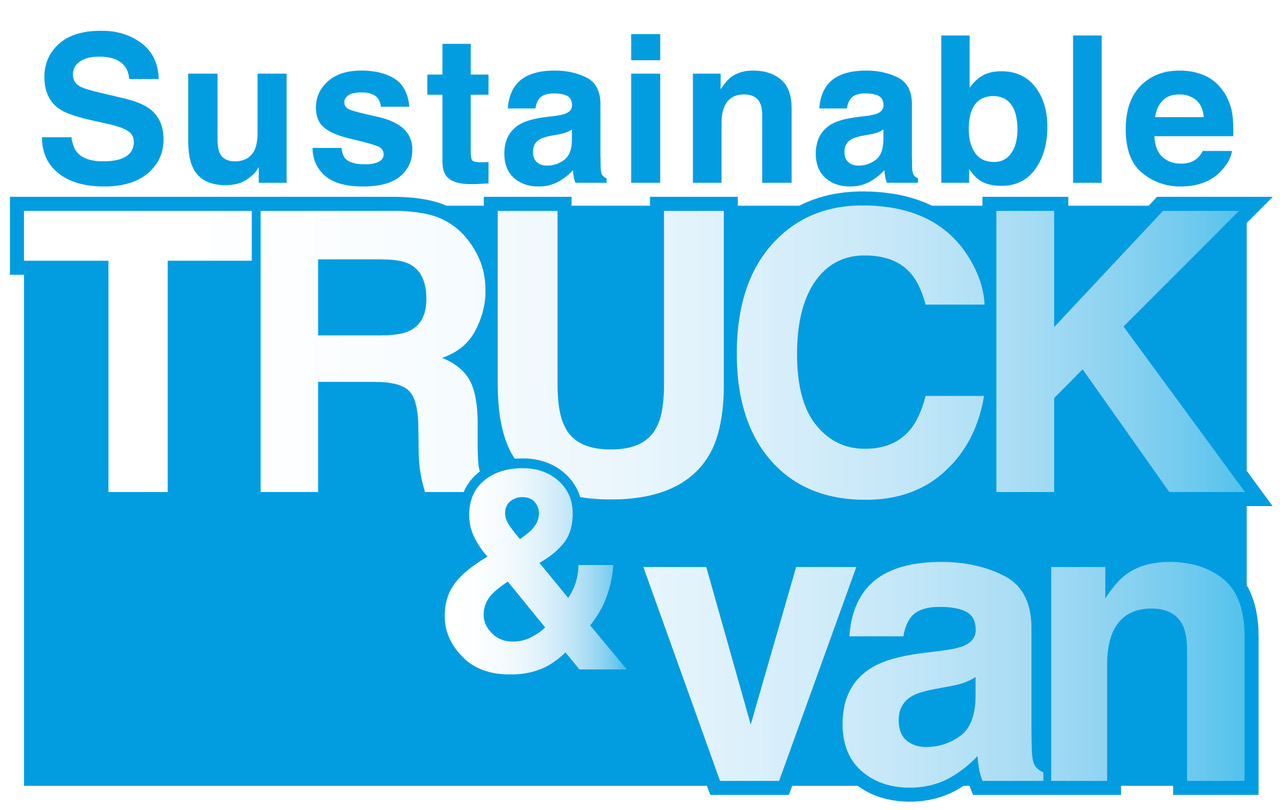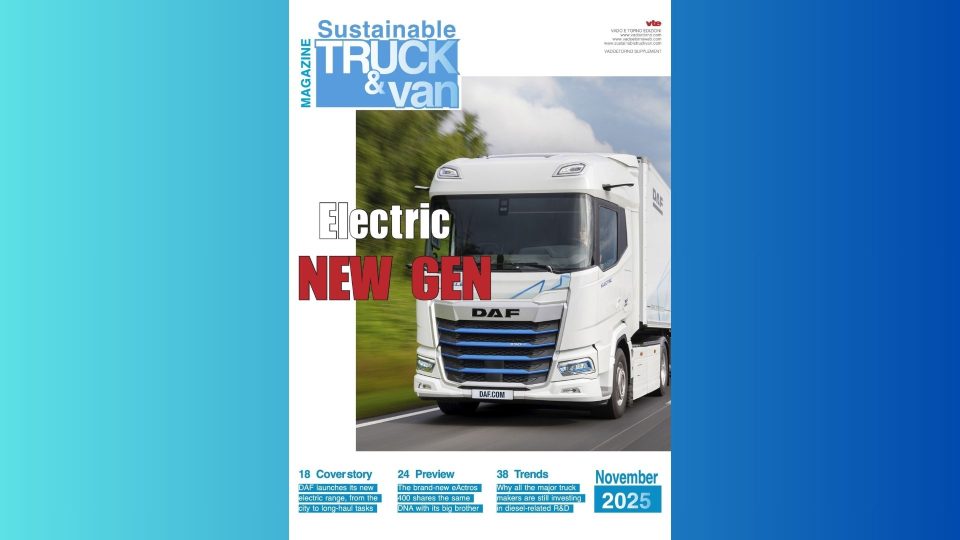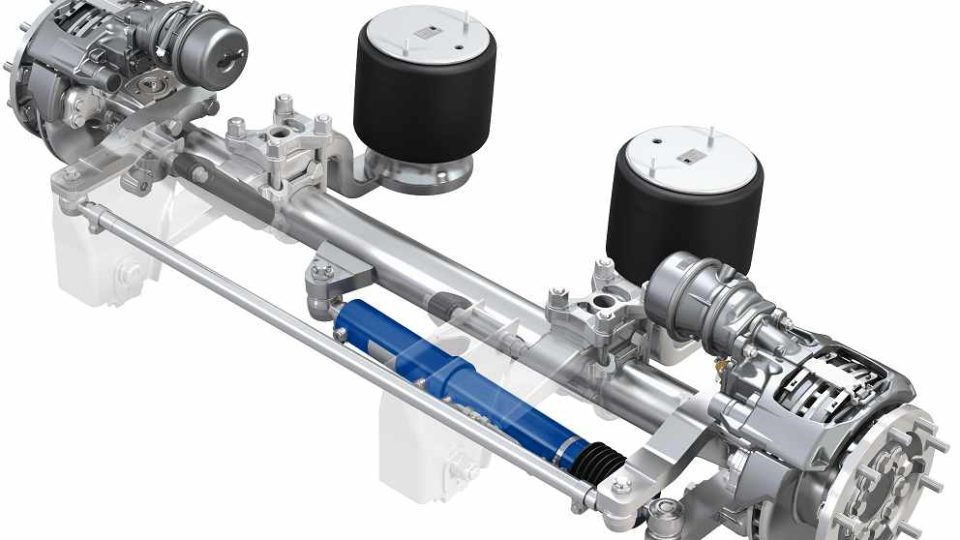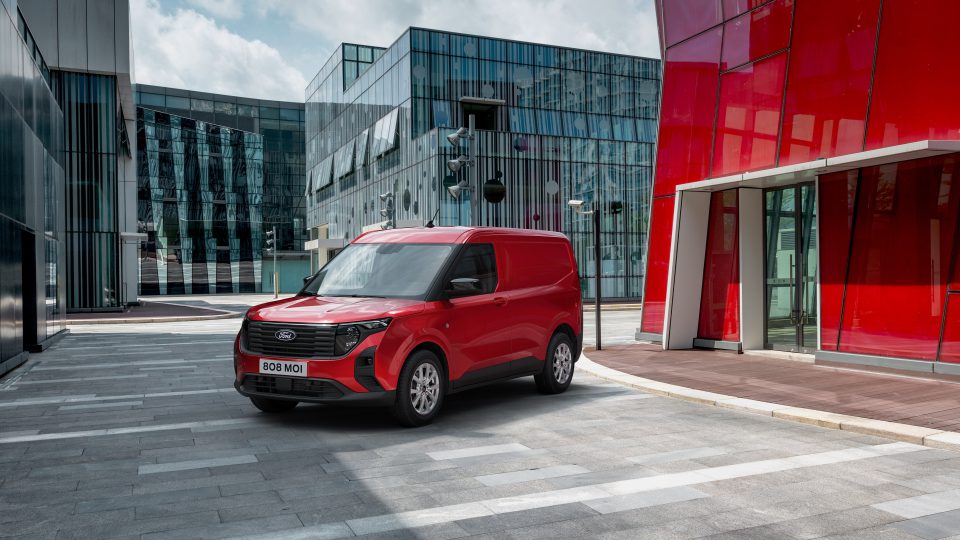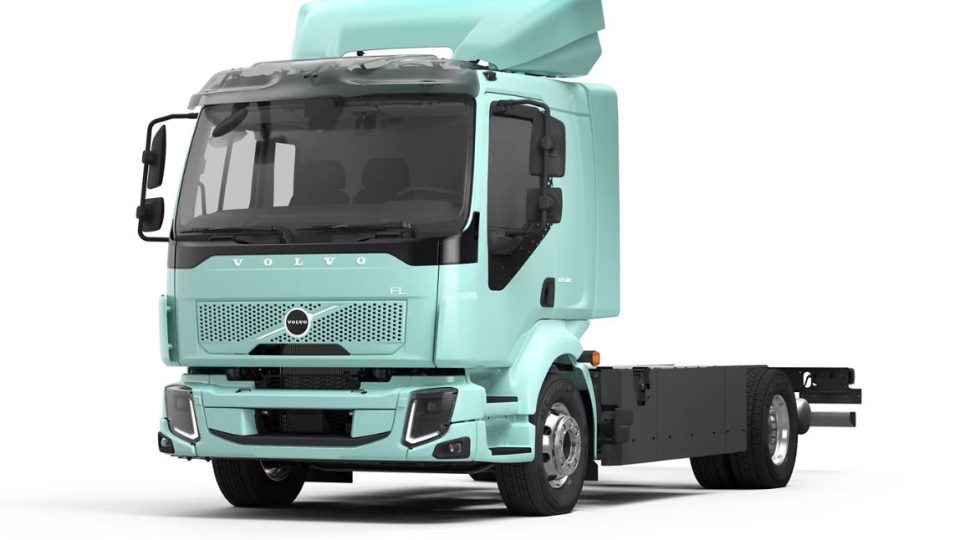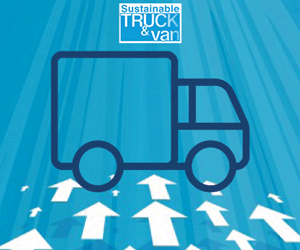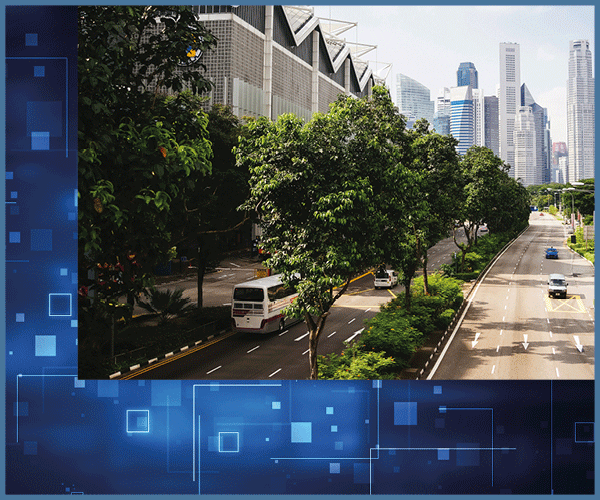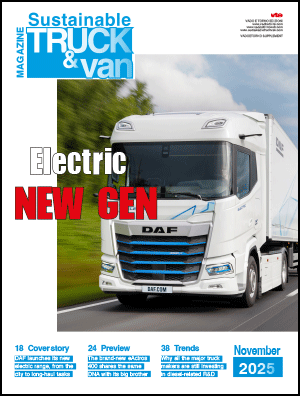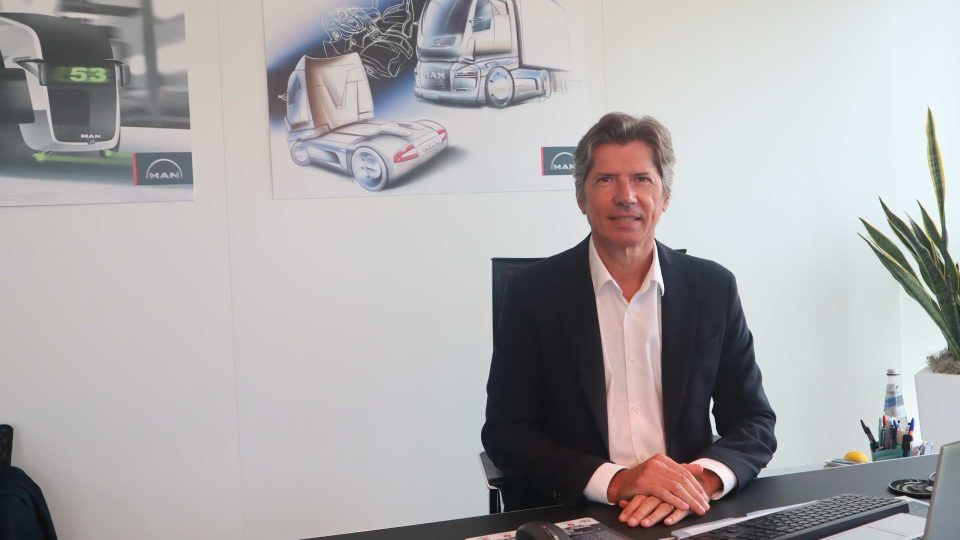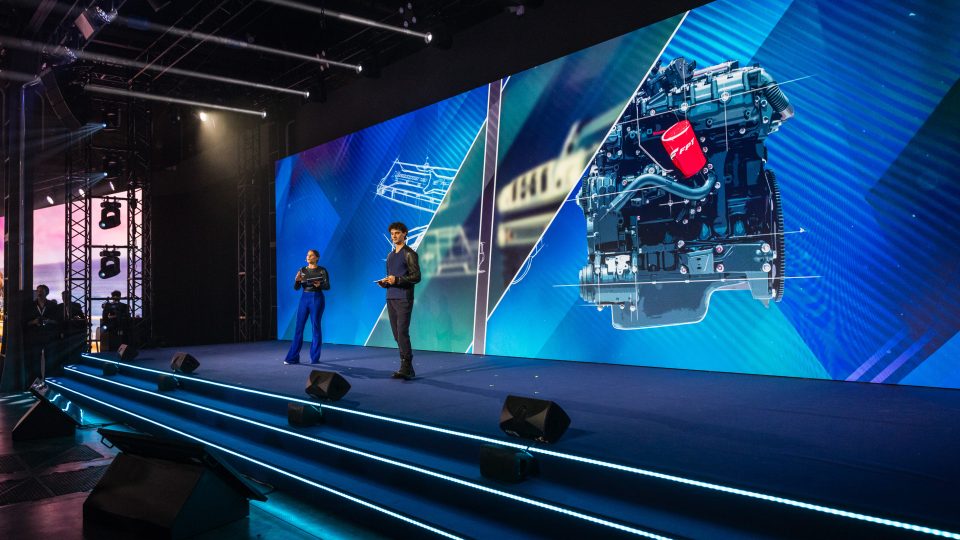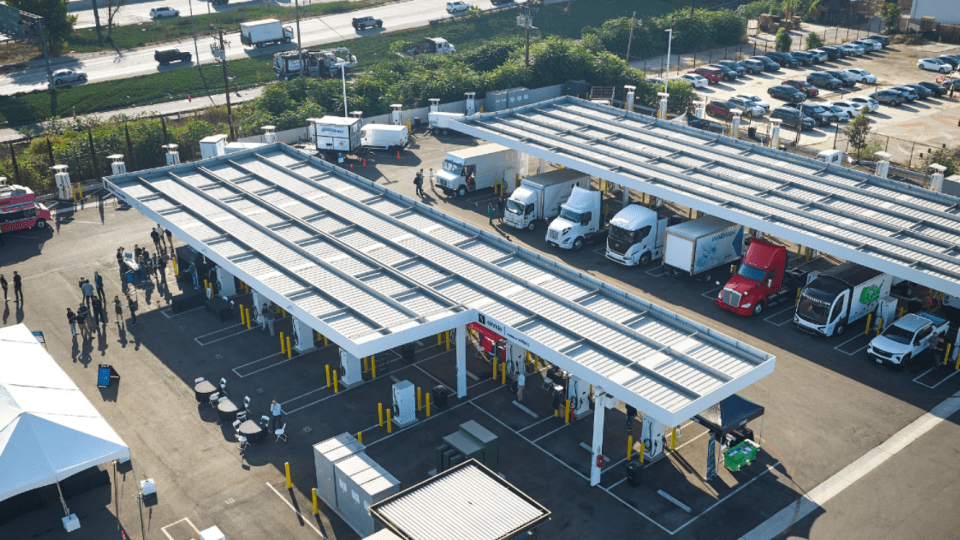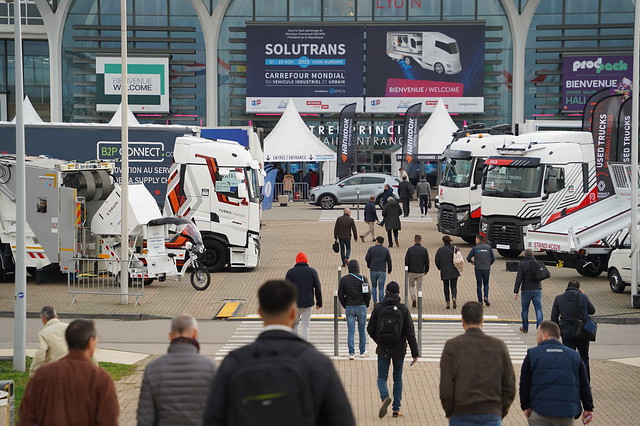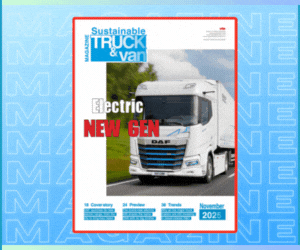[Interview] Sasko Cuklev (Volvo): “Why it is worthy investing in autonomous truck development”
"We have to face a lot of challenges incoming with safety-related topics, driver shortage, e-commerce requirements, and so on. The transportation industry needs new solutions. Among the big areas Volvo is focusing on is of course sustainability, but also autonomous driving. We have to create a solution capable of functioning in the transportation industry as it is today".
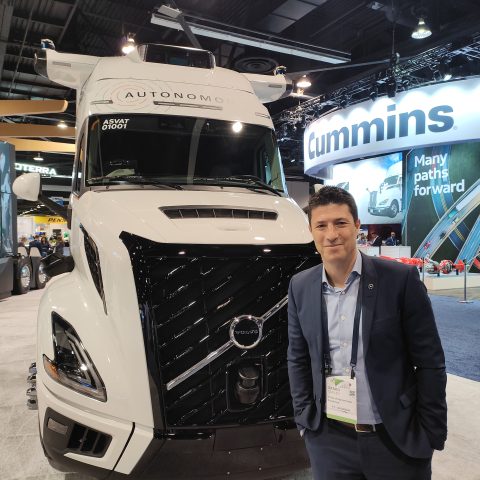
Among the key topics of ACT Expo 2025 was the development of autonomous truck solutions. Volvo is at the forefront of this trend, with its dedicated business unit called Volvo Autonomous Solutions. We had the great opportunity to meet and have a chat with Sasko Cuklev, who is Head of On-Road Solutions at Volvo Autonomous Solutions. Among several other things, he told us why autonomous trucks can help face some of the biggest issues in the transportation sector. Valuable partnerships and open mentality are paramount to overcome some major challenges.
Autonomous trucking is a core business for Volvo
Why is it so important for a group like Volvo to invest in the field of autonomous driving?
“We want to be at the forefront when it comes to the transportation industry and have the solution that allows us to help our customers. With the new technologies that are coming up and the new things that are happening, we believe our customers will be more and more interested in these solutions in the future. In addition, we have a lot of challenges incoming with safety-related topics, driver shortage, e-commerce requirements, and so on. In short, the transportation industry needs new solutions. Among the big areas Volvo is focusing on is of course sustainability, but also autonomous driving”.
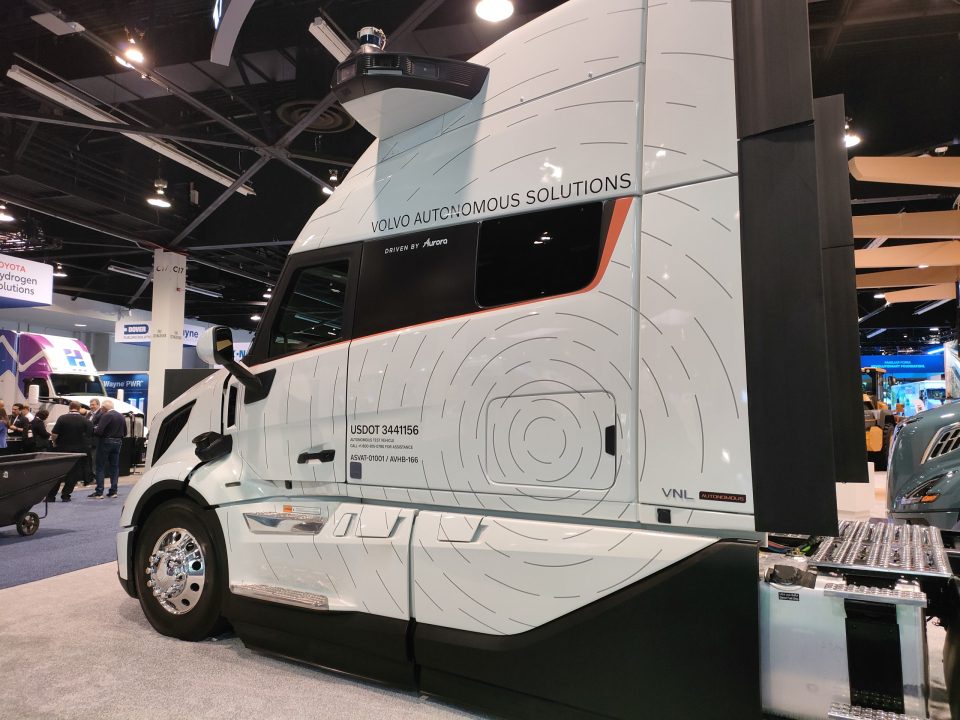
What is Volvo looking for when it comes to autonomous trucks?
“Ultimately, we want to be the best partner for our customers in this field. We see a big need for autonomous solutions in the future, to mitigate many of the risks and the challenges we see in the future of transportation”.
What are the main challenges currently in the development process of heavy autonomous vehicles?
“There are several challenges. It’s new technology, there is no virtual driver. Some of the main challenges are of course related to safety. We aim at industrializing autonomous solutions in the trucking industry, so we know that one thing is running autonomously from A to B, another thing is to do this job every day on different routes with several trucks, so the complexity of course increases.
Another thing we do consider is that we have to create a solution capable of functioning in the transportation industry as it is today. We talk about a broader ecosystem that has to be in place. Let me give an example. If the truck breaks down, the driver has to deal with the situation. If we have no drivers, someone else, or something else should cope with the issue. All of that has to be created. That’s why we consider it a true ecosystem, and we’re working in this sense”.
Tests with autonomous trucks in the United States
What’s the state-of-the-art when it comes to tests of autonomous truck carried out in the U.S.?
“Everything started up in Texas, here in the U.S. First of all, the regulatory environment is very friendly, so we’re allowed to carry out tests more freely. Also, the weather is favourable over there, so it is perfect to run autonomous vehicles. Finally, freight corridors crossing Texas from East to West. Of course, now we have plans to implement these solutions on the whole Sunbelt area in the U.S. and collect more and more data”.
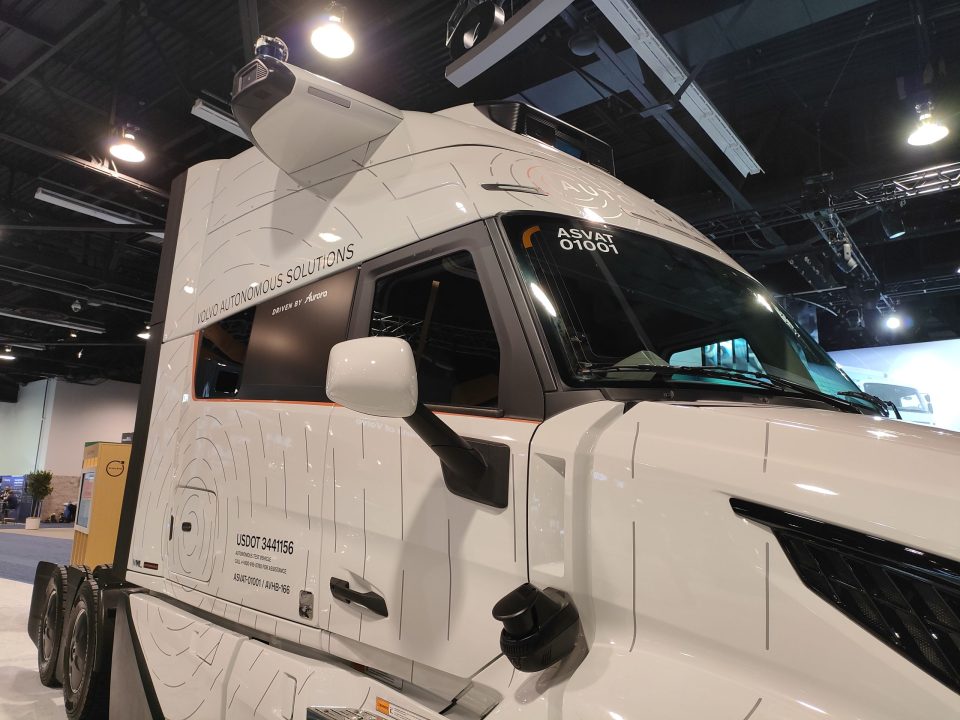
Which software houses or partners is Volvo working with in the field of autonomous vehicles?
“Currently, we’re working on two segments. One is mining and quarry, and application based on confined, private areas. There, we’re starting up in Europe, and we’ve already implemented a fully autonomous solution, without safety drivers on board. It is in commercial operation today in a mine in Norway. The route is always from A to B, to be clear. We have seven vehicles going up and down all the time. In that segment, we start in Europe, and we develop the full autonomous stack by ourselves.
The second segment is the one we call long-haul, so commercial transportation on public roads. We’re starting in th U.S. in Texas, as I said. The application is much more challenging, in this case, and we’re collaborating with partners. One is Aurora, and the other one is Wabi. With Aurora, we’ve been working for quite some time now, while Wabi is fresher”.
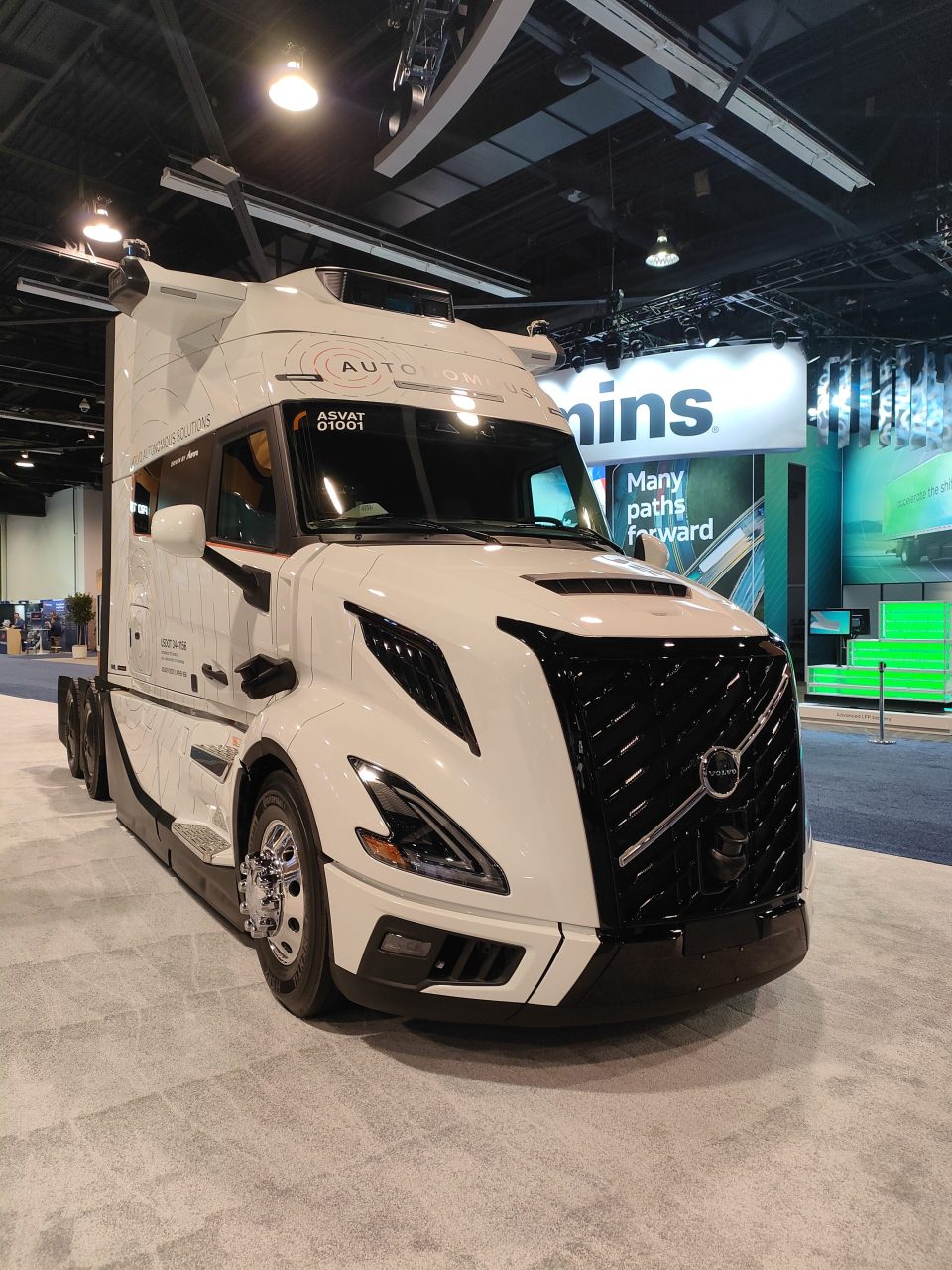
Volvo Trucks North America is launching new and improved vehicles. Are they somehow ‘ready’ to welcome autonomous driving solutions?
“Yes. We have the new Volvo VNL. On the same platform, we designed and developed autonomous VNL on the same platform. It means the same vehicle was developed with the redundancy systems needed to run autonomously, especially on the safety critical side: breaking, steering, communication, and so on. The autonomous VNL has come out from our American factory in Virginia. It’s something not many manufacturers can boast. We want to build the truck from scratch in Volvo manufacturing facility, in order to have all the high safety standards related to Volvo trucks. And we know how much Volvo Trucks relies on safety”.
The integration within the Volvo Trucks group
How does the integration between Volvo Trucks North America and Volvo Trucks in Europe works?
“We develop all our trucks and systems meeting the same standards, and it’s true also for other brands of the group, such as Renault Trucks, or Mack Trucks. We should be able to implement and apply all these across different specifications and different brands”.
According to your experience, how are autonomous trucks seen by drivers?
“At the beginning, autonomous trucks were not seen very well, indeed. We see autonomous vehicles as a complement to what we have today, not as a replacement. Let’s not forget that among the challenges we’re facing today is driver shortage, involving all the sector and becoming even bigger in the near future, as we know very well. When we explain this to the drivers, I think they understand the reasons why we’re working in this field, too. Also, autonomous trucks might take care of some of the burdens that are related to the current truck driver’s job today“.
Would it be possible for an autonomous electric truck to even charge by itself, one day?
“Technology will evolve, and we’re see some experiments. So, why not? I personally believe in technology, It will take time, for sure, but we cannot exclude such advancements”.
